Alphabet understanding Normal Letter Recognition Worksheets for Ages 6-7
5 filtered results
-
From - To
Boost your child's alphabet mastery with our engaging Alphabet Understanding Normal Letter Recognition Worksheets, tailored for ages 6-7. These worksheets focus on reinforcing essential reading skills by helping young learners recognize and distinguish between upper and lower case letters. Fun and interactive activities ensure that your child will enjoy the learning process while systematically building their letter recognition abilities. Perfect for classroom use or at-home practice, these expertly designed worksheets lay a solid foundation for reading success. Explore our comprehensive collection today and give your child the tools they need to excel in literacy.
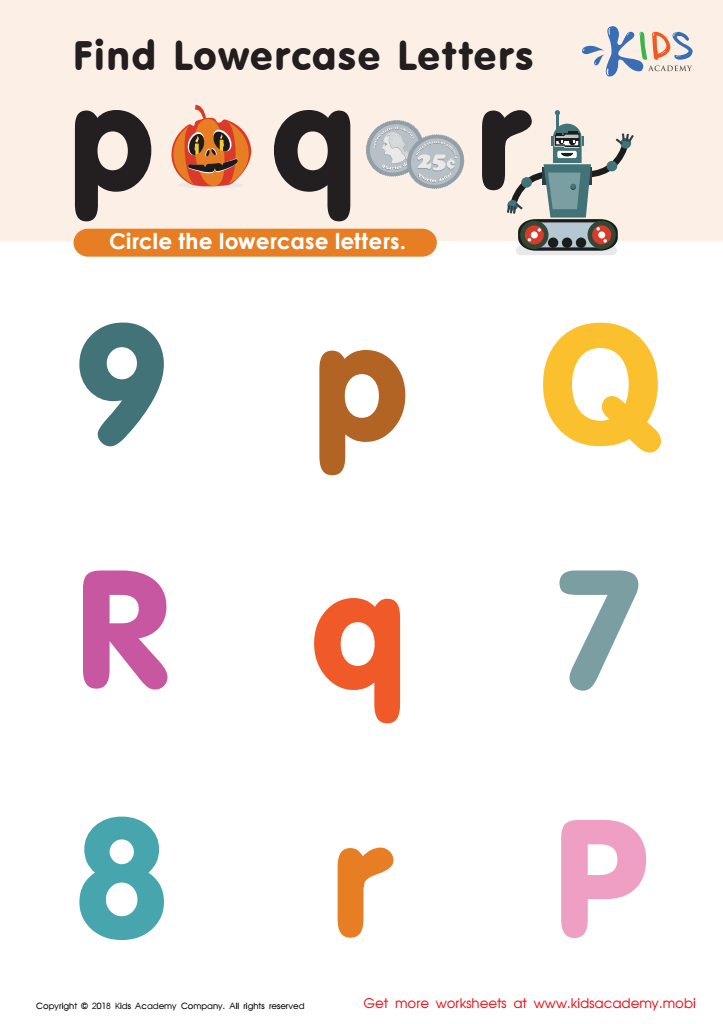

Find lowercase Letters p q r Worksheet
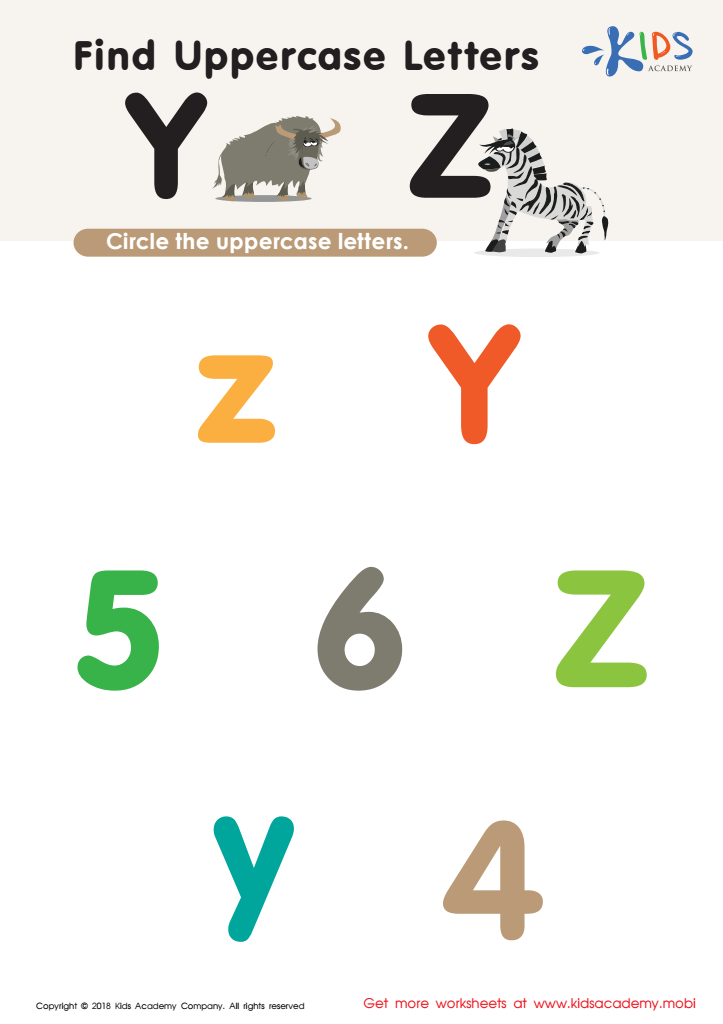

Find Uppercase Letters Y Z Worksheet
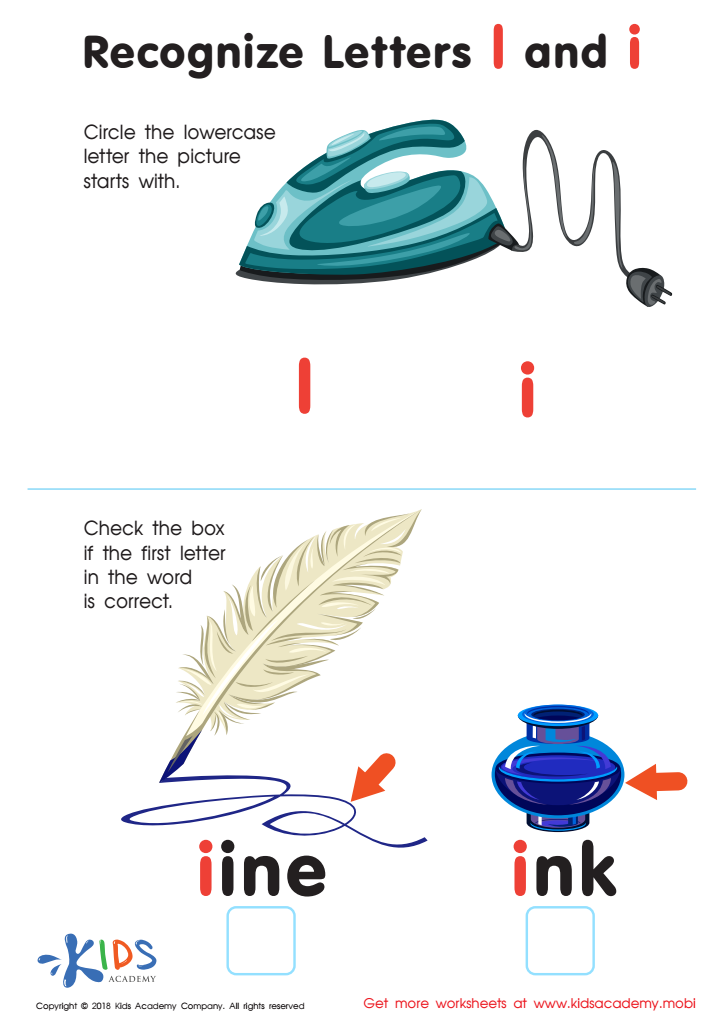

Recognize Letters l and i Worksheet
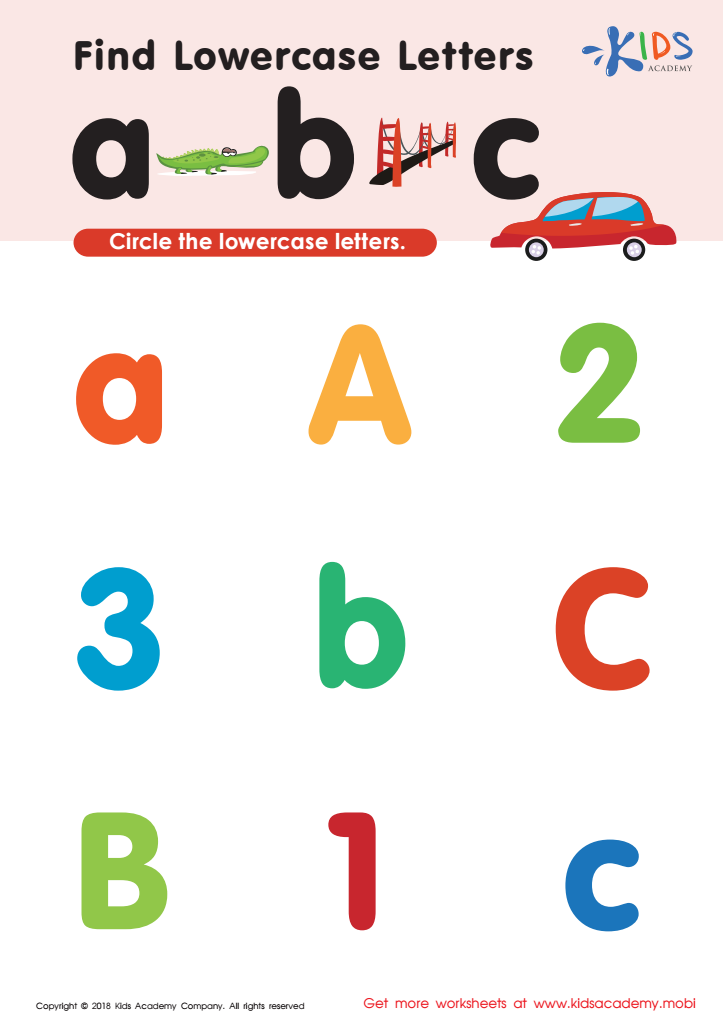

Find lowercase letters a b c Worksheet
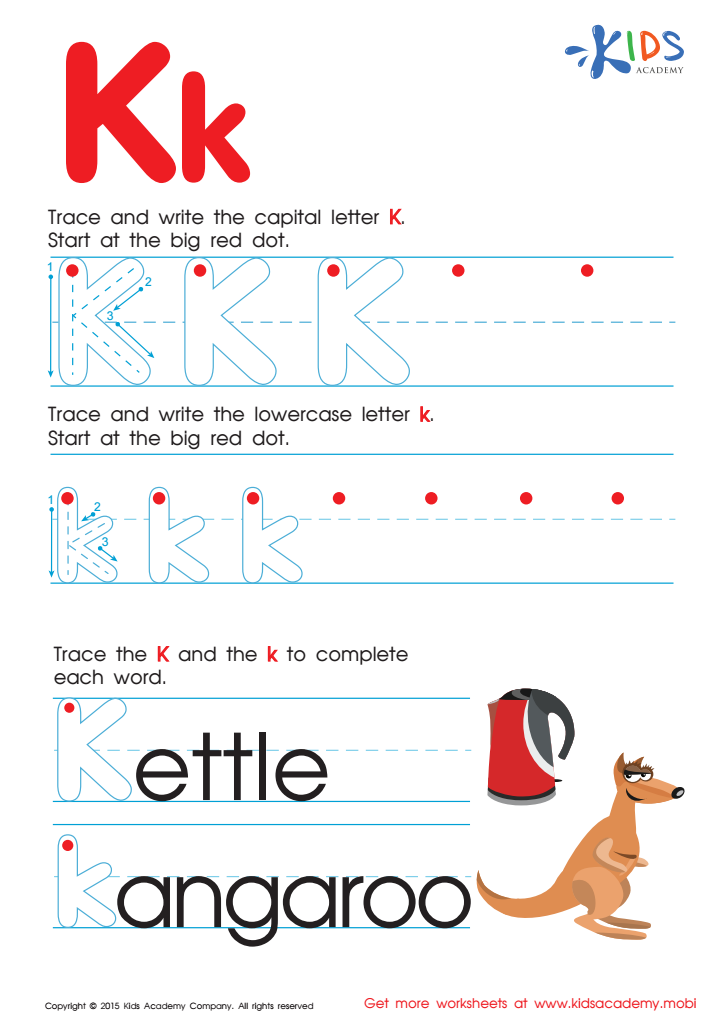

Letter K Tracing Page
Alphabet understanding and normal letter recognition are paramount for children aged 6-7 as they form the foundation of literacy and overall academic success. During these formative years, children transition from recognizing individual letters to connecting them with sounds, enabling them to read and write. Mastering letter recognition helps children decode words fluently and efficiently, which boosts reading comprehension and enjoyment.
When parents and teachers prioritize alphabet understanding, they offer a gateway to a variety of skills including vocabulary development, spelling, and even critical thinking. Recognizing letters with confidence can also foster a love for reading, stimulating curiosity and a lifelong love of learning. This crucial stage of cognitive development nurtures fine motor skills through writing practice.
Moreover, early literacy significantly impacts a child's educational trajectory. Struggles with letter recognition can lead to difficulties in other subjects, lower academic self-esteem, and future learning challenges. By ensuring children aged 6-7 achieve normal letter recognition, educators and parents provide crucial support that aligns with developmental milestones and sets the stage for future success, both academically and personally. Therefore, investing time and resources in alphabet understanding is an invaluable step toward nurturing a bright, confident, and capable young learner.

 Assign to My Students
Assign to My Students


















